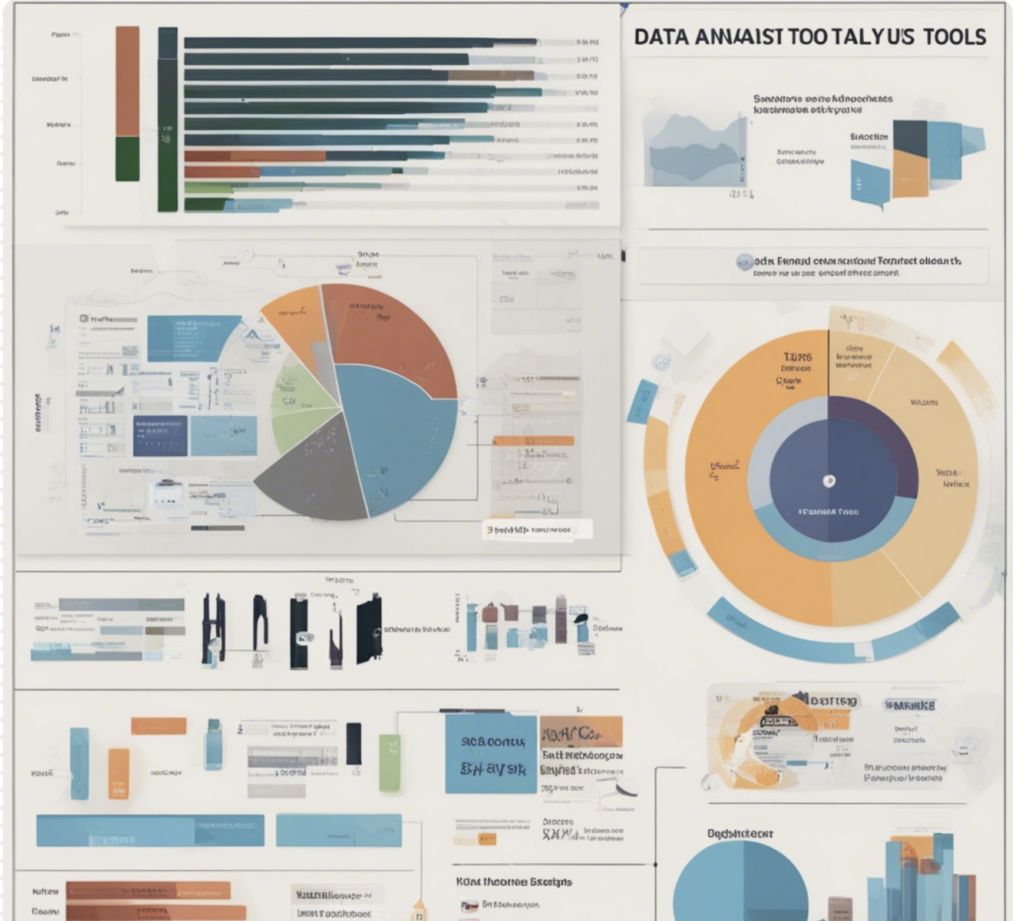Yes, it is possible to become a blockchain developer without prior professional experience in the field. Blockchain development is a specialized area, but it’s also accessible to individuals who are willing to learn and dedicate time to building their skills. Here are steps you can take to become a blockchain developer without prior experience:
- Learn the Basics of Blockchain:
- Begin by gaining a solid understanding of blockchain technology, how it works, and its key concepts. Read books, watch online courses, and explore educational resources to build your foundational knowledge.
- Learn Programming:
- If you don’t already have a background in programming, start learning a programming language. For blockchain development, languages like JavaScript, Python, and Solidity are commonly used.
- Study Data Structures and Algorithms:
- Having a strong grasp of data structures and algorithms is essential for efficient blockchain development. You can find online courses and textbooks to help you learn these fundamentals.
- Explore Blockchain Platforms:
- Begin with popular blockchain platforms like Ethereum, which has a robust developer ecosystem. Ethereum offers extensive documentation and development tools.
- Set Up a Development Environment:
- Install and set up a blockchain development environment on your computer. Tools like Remix, Truffle, Ganache, and Hardhat can help you get started with Ethereum development.
- Learn Smart Contract Development:
- Dive into smart contract development, which is a central aspect of blockchain development. Focus on Solidity (for Ethereum) or other relevant smart contract languages.
- Practice Building Smart Contracts:
- Start by creating simple smart contracts to understand the development process. Gradually work on more complex projects as you gain confidence.
- Explore Decentralized Application (DApp) Development:
- Learn how to build both the front-end and back-end components of decentralized applications (DApps). Tools like web3.js are commonly used for Ethereum DApps.
- Understand Security Best Practices:
- Security is paramount in blockchain development. Study common vulnerabilities and best practices for securing your smart contracts and DApps.
- Version Control and Git:
- Use Git for version control to manage your codebase and collaborate with others on projects.
- Build a Portfolio:
- Create a portfolio of blockchain projects to showcase your skills. Include descriptions of the projects, code repositories, and any deployed applications or smart contracts.
- Participate in Blockchain Communities:
- Join online forums, social media groups, and blockchain developer communities to connect with others in the field. Engaging with the community can lead to valuable insights and networking opportunities.
- Open Source Contributions:
- Contribute to open-source blockchain projects. This not only helps you gain experience but also demonstrates your commitment to the blockchain development community.
- Stay Informed and Adapt:
- The blockchain field is dynamic, with new technologies and updates regularly emerging. Stay informed about the latest developments and be ready to adapt your skills accordingly.
- Apply for Jobs or Freelance Work:
- Start looking for blockchain developer job openings or freelance opportunities that match your skill level. Many companies and projects are open to hiring developers who can demonstrate their abilities through a strong portfolio.
While entering the blockchain development field without prior experience may require dedication and self-study, it is certainly possible. The key is to continuously learn, practice, and apply your knowledge in practical projects to build your expertise and credibility as a blockchain developer.






